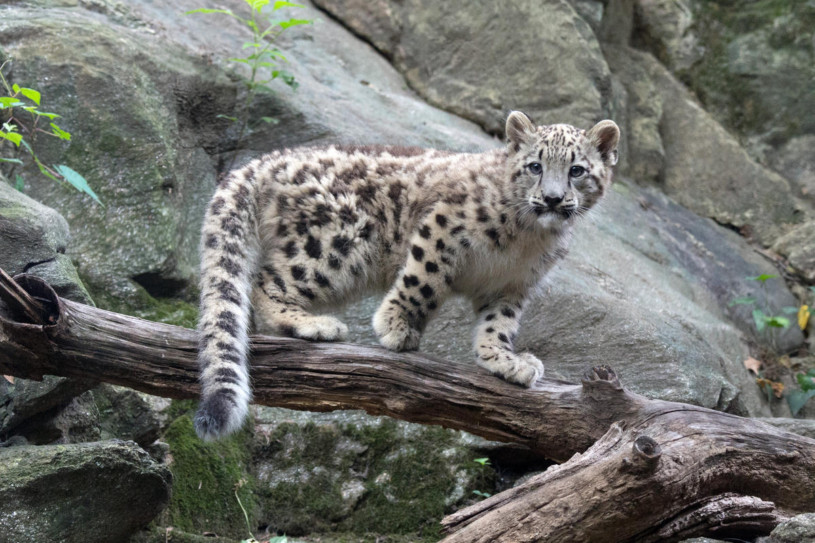By Vishal Gulati
Cartagena, Colombia–India supports a robust population of the endangered snow leopard but its conservation-research data is not shared and doesn’t contribute to the global efforts to conserve the species, whose numbers worldwide are estimated at between 4,080 and 8,700. The country needs to be more transparent, a US biologist has said.
Human encroachment and habitat degradation in the Himalayas are among the factors that are threatening the existence of the highly elusive snow leopards in the wild.
“Raw data (on the snow leopard) is almost not shared, nor is there a good legal framework or enforcement or budget,” Falk Huettmann, Associate Professor with the Institute of Arctic Biology, Department of Biology and Wildlife, University of Alaska, Fairbanks, told IANS in an interview here.

He was in this Colombian city for the Society for Conservation Biology’s 28th International Congress for Conservation Biology (ICCB 2017).
Good science could help in the conservation of the snow leopards. But there is too little science, too simplistic, too fragmented efforts and many hidden agendas, he added, also pointing to the over-commercialised non-governmental organisations (NGOs) involved in conservation of the snow leopard in India.
Studies in India’s high-altitude regions of Himachal Pradesh’s Spiti and Jammu and Kashmir’s Ladakh regions show the presence of one snow leopard per 100 sq km. The overall population is estimated at between 200 and 600.
Mincing no words, Huettmann said India’s research on the snow leopard is not as well developed as it could be, considering that the country has such a huge potential and very sophisticated infrastructure like its own satellites to monitor wildlife.
“I would rather say research (on the snow leopard) in India is primarily funding and NGO-oriented. There are too many competing entities and too much outside money and so is the outside influence,” he maintained.
The biologist said “the Indian government is not strong enough to hold out (to these influences), and also lacks the expertise to make headway on its own”.
As an example of expertise, he mentioned “statistical inference, based on the latest methods like machine learning predictions” and said that some agencies “might say all is fine because of some earlier population numbers”.
“However, that’s not true and there is much more to the story,” he said.
Most raw data is not shared or contributed to global efforts like the GBIF (Global Biodiversity Information Facility), an international open data infrastructure funded by governments and part of the Rio convention, he noted.
According to Huettmann, several factors pose threats to the snow leopard and they cannot really be broken down to just one, or a few.
For instance, habitat loss and intrusions like roads, urbanisation, electrification, poaching, human pursuit, tourism and even stray dogs are among the factors, he said.
Disease, contaminants and inbreeding might also contribute.
“Snow leopards need wild space and cold temperature, things we are very short of these days,” Huettmann said.
On initiatives the government should take to conserve the snow leopard, he said: “India must be less cliquey and convoluted in the science, do open and transparent conservation, and use the latest and modern science and policy.” (IANS)















